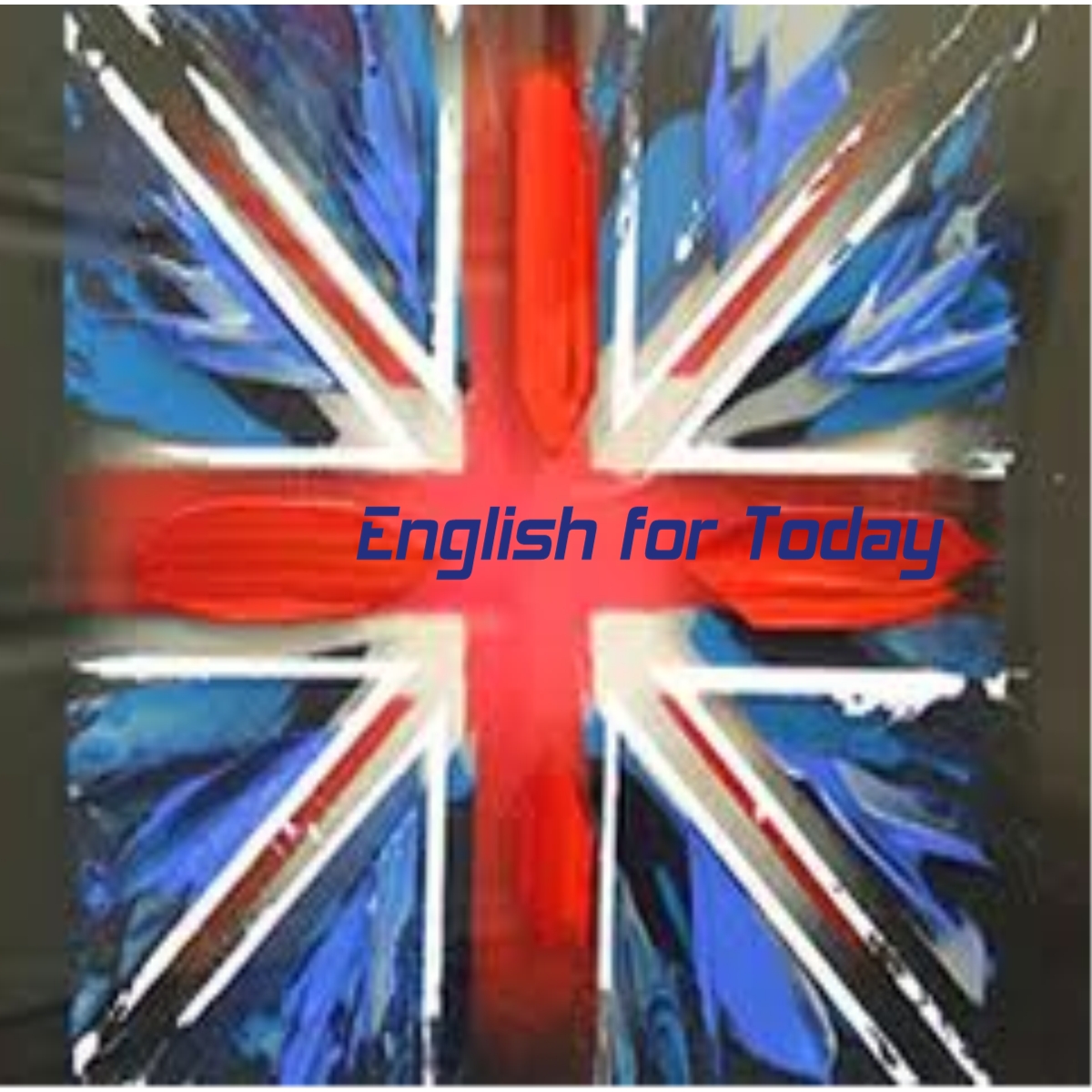My mum is driving to work today.
I have an important meeting at work tomorrow. So I'm rather busy.
Would you like to go out for a dinner tonight, Monica?
This dish is really delicious!
But it's quite expensive!
Let's take one sentence as an example and analyse it. There are different kinds of word in it.
"I have an important meeting at work tonight, so I'm rather busy"
I - pronoun; have - verb; an - indefinite article (determiner); important - adjective; meeting - noun; at - preposition; work - noun; tonight - adverb of time; so - conjuction (linking word); I - pronoun; am - verb; rather - adverb of manner; busy - adjective.
As you can see in a simple sentence there are many different types of words involved. The English grammar traditionally classifies these words in 8 parts of speech or words classes. They are:
1. Noun: Any concrete or abstract being.
2. Pronoun: Any substitute for a noun or noun phrase.
3. Adjective: Any qualifier of a noun
4. Verb: Any action or state of an entity
5. Adverb: Any qualifier of a verb, adjective or another adverb.
6. Preposition: Any establisher of relation between two words.
7. Conjuction: Any syntatical connector, connecting two phrases.
8. Interjection: Any emotional exclamation.
Some words can belong to different word classes depending on the role they have in a sentence. Look:
Can I look at your pictures? - In this case look is a verb
I like the look of that jacket. - In this case look is a noun
Now let's practise
1. Look at the examples given and put in a list the word class the words according to their word class.
2. See this paragraph and say what word class the words in bold belong to.
Michael thinks Michelle is amazing. He loves her madly, and he dreams of having her as his wife. But unfortunately she is rather young for him. Today they are at a very famous night club enjoying the night with their friends Frank and Sandy, so Michael thinks it's difficult to talk about his feelings to Michelle. But maybe he can buy her some flowers. Is it a good idea?
The answers to the questions may be sent to:
e-mail: eng.4.today@gmail.com
Orkut: http://www.orkut.com.br/Main#Profile?uid=13978883568364259345
Facebook: http://www.facebook.com/home.php#!/pages/English-for-Today/177566135615065?
All the answers will commented by the teacher and sent back by email.
Please comment and give suggestion about the lessons and the blog.
This blog is a non commercial, non profit educational website.

English for Today by Nimlot Logan is licensed under a Creative Commons Attribution-NonCommercial-ShareAlike 3.0 Unported License.



